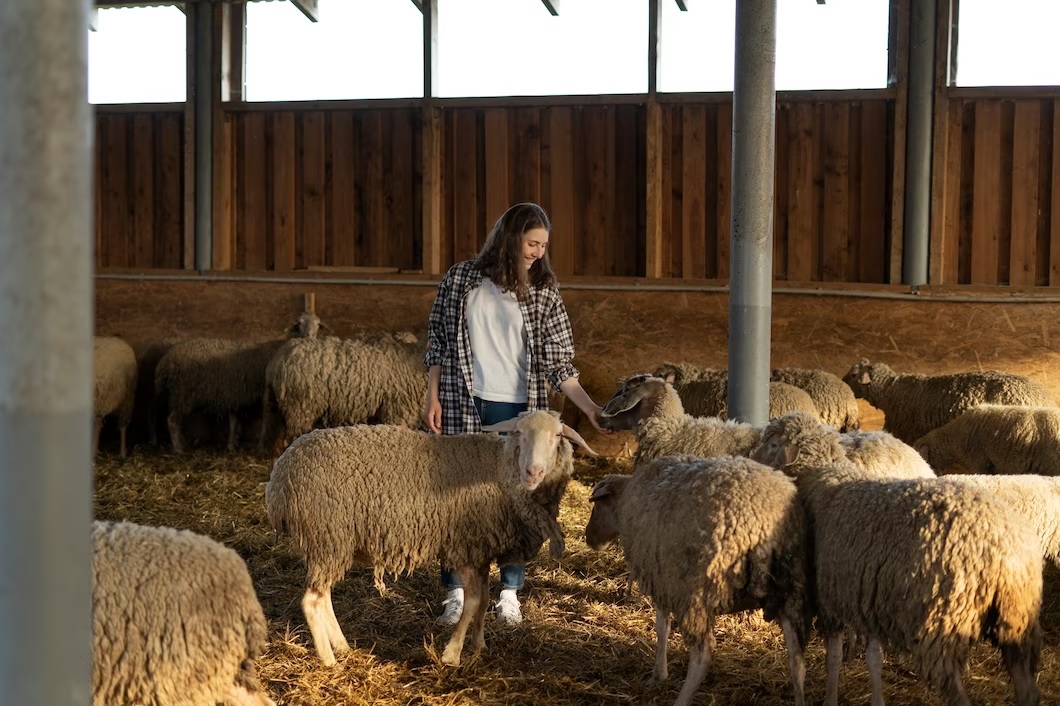
21 Dec Sustainable Practices in Modern Wool Sheds for Enhancing Farm Environments
Australia’s rich history in wool production is not just a tale of economic success but also an evolving story of sustainable practices and technological advancements. In recent years, the focus has shifted significantly towards eco-friendly methods in the wool industry, particularly in the realm of modern wool shed designs and operations.
The Evolution of Wool Sheds
Wool sheds have been an integral part of Australia’s agricultural landscape for centuries. Traditionally, these structures were simple, functional, and primarily designed for shearing and sorting wool. However, with the growing concerns over environmental sustainability, modern wool sheds are now evolving to incorporate eco-friendly designs and practices.
Eco-Friendly Design Features
One of the most noticeable changes in contemporary wool sheds is the integration of sustainable design features. Architects and farmers are now collaborating to create structures that are not only efficient but also environmentally responsible. For instance, the use of natural lighting and ventilation systems reduces the reliance on artificial lighting and air-conditioning, thereby minimising energy consumption.
Moreover, many wool sheds are now incorporating rainwater harvesting systems to reduce water wastage. This water is used for various purposes, including cleaning and livestock needs. Additionally, the use of solar panels has become increasingly common, providing a renewable energy source for the sheds’ operational needs.
Wool Shed Management Practices
Apart from the physical design, sustainable management practices play a crucial role in modern wool sheds. One such practice is the implementation of waste management systems. Wool sheds generate a significant amount of organic waste, including wool scraps and dung. By utilising composting techniques, this waste is converted into valuable organic fertiliser, reducing landfill contributions and enhancing soil health.
Incorporating Technology for Sustainability
The use of technology in wool sheds has been a game-changer in terms of sustainability. Advanced shearing equipment, automated sorting systems, and wool classing technologies not only improve efficiency but also ensure minimal wastage of resources. These technologies also contribute to the better welfare of the sheep, as they reduce the time animals spend in the sheds, thereby lowering stress levels.
Educational and Community Engagement
To further promote sustainable practices, many wool shed operators are engaging with local communities and educational institutions. These collaborations often involve tours, workshops, and seminars that focus on sustainable agriculture and animal welfare. Such initiatives not only educate the public but also foster a sense of community around sustainable farming practices.
The Global Impact of Sustainable Wool Production
The shift towards sustainable wool sheds has implications far beyond Australian borders. As one of the world’s leading wool producers, Australia’s approach to wool shed management significantly influences global practices. By adopting sustainable methods, Australian wool sheds set a benchmark for the international community, encouraging others to follow suit.
Conclusion
The transformation of wool sheds in Australia from traditional shearing spaces to eco-friendly and technologically advanced facilities is a testament to the industry’s commitment to sustainability. These changes not only benefit the environment but also enhance the efficiency and productivity of wool production. As the world increasingly values sustainable practices, Australia’s leadership in this arena positions it as a pioneer in the global wool industry. The journey of modern wool sheds is a shining example of how traditional industries can adapt and thrive in a rapidly changing world.


